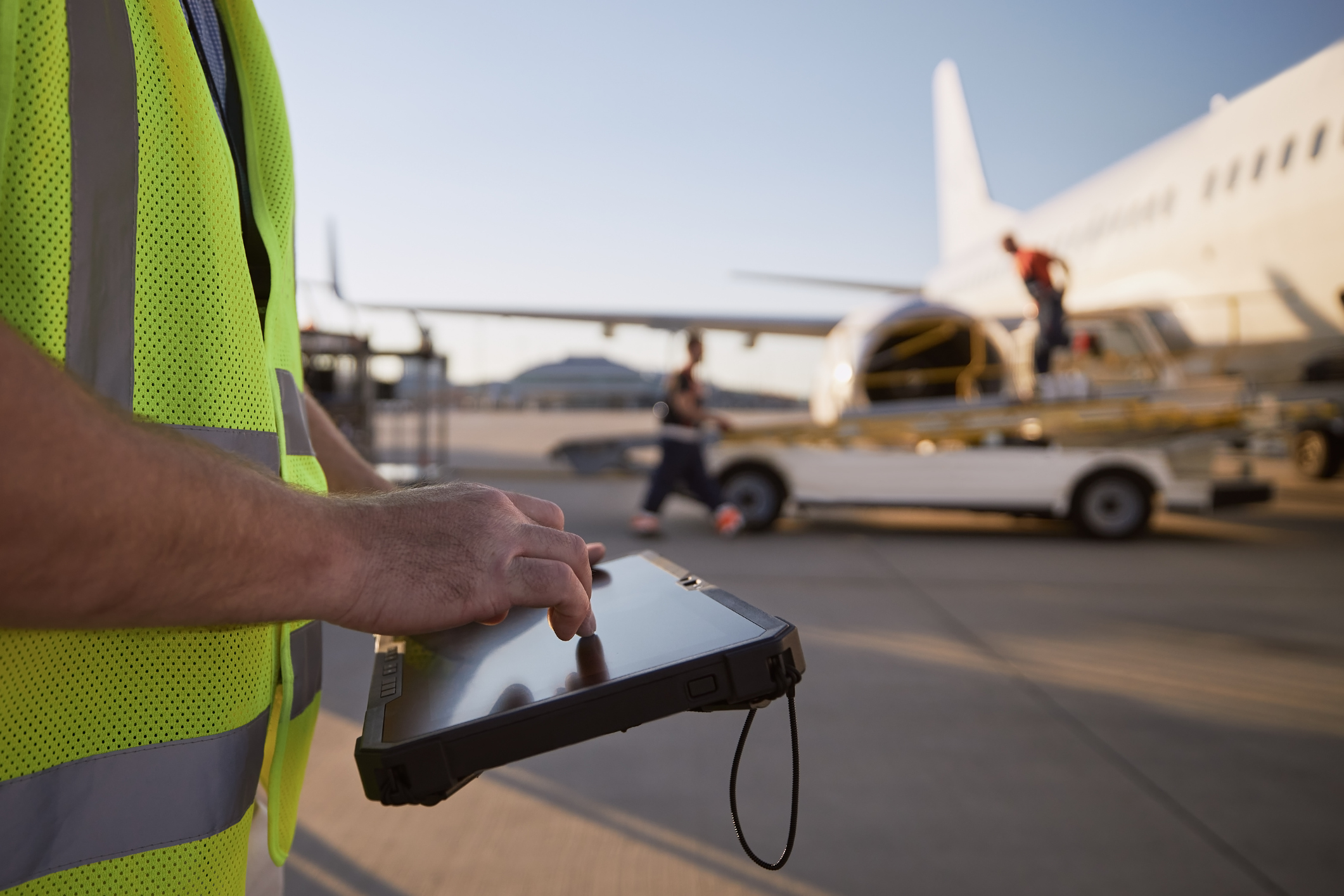The information on this page is intended for those involved in the shipping and carriage of dangerous goods and passengers in the UK Overseas Territories.
Passengers
The following information is for passengers in the UK Overseas Territories. It is recommended that you always check with your airline first if you have any questions or concerns.
The IATA and the UK CAA provide useful guidance on what can be taken on board an aircraft:
Reporting
There are a number of dangerous goods occurrences that are required to be reported. Detailed information describing this can be found in OTAC 13-1, see table of contents. Reports can be submitted via our reporting page.
Aviation industry and shippers
The following information is for the aviation industry and shippers in the UK Overseas Territories.
Part 12 of the Air Navigation (Overseas Territories) Order 2013 is the carriage of dangerous goods. OTAR 92 is the Overseas Territories Aviation Requirements for carriage of dangerous goods. The OTAR is supported by OTAC 92-1 carriage of dangerous goods, munitions of war and sporting weapons. The day to day refences for dangerous goods are either:
- The International Civil Aviation Organisation (ICAO) Document 9284 Technical Instructions for the Safe Transport of Dangerous Goods by Air is updated every two years,
or
- the IATA Dangerous Goods Regulations (DGR) manual is updated every year.
Other sources of information:
- The ICAO Dangerous Goods webpages contain updates on dangerous goods information and State variations.
- The IATA Dangerous Goods webpages – contain FAQs (with provisions), checklists, lithium battery guidance, shippers declaration and infectious substances advice.
Airlines
The following information is for airlines in the UK Overseas Territories.
Operations Manuals
The following are examples of template Operations Manuals for aircraft operators operating in accordance with OTARs with and without an approval to carry dangerous goods. Operators should use the template that is applicable to their operation and complete it according to their company’s policies, procedures and instructions.
- OTAR Operators WITH approval to carry dangerous goods as cargo (to follow)
- OTAR Operators WITHOUT approval to carry dangerous goods as cargo (to follow)
Lithium Batteries
Please see the following links for information on the carriage of lithium batteries:
- Lithium Batteries (UK CAA) – Cabin crew and cargo workers, these videos are to raise awareness of the hazards arising from lithium batteries.
- Lithium Batteries (US FAA) – Further information and videos on the hazards of lithium batteries.
- Lithium Batteries (IATA) – Guidance material.
- Training: Competency Based Training and Assessment OTAC 92-3.
Post Offices
The following information is for post offices in the UK Overseas Territories.
- The requirements for Designated Postal Operators are contained with OTAR 92 with guidance in OTAC 92-1, see table of contents.
- The Universal Postal Union Dangerous Goods website contains videos, posters, leaflets and FAQs.
Hospitals/Clinics
The following information is for hospitals/clinics in the UK Overseas Territories.
- Requirements for hospitals and clinics are contained within OTAR 92 with guidance in OTAC 92-1, classed as shippers, see table of contents.
- World Health Organisation (WHO) Guidance on regulations for the transport of infectious substances 2021-2022 (to be updated shortly to 2023-2024).
ASSI is not responsible for the content contained in external website.

About PDFs
You may require additional software installed on your computer in order to open PDFs. Adobe Reader is available as a free download from the Adobe website.


